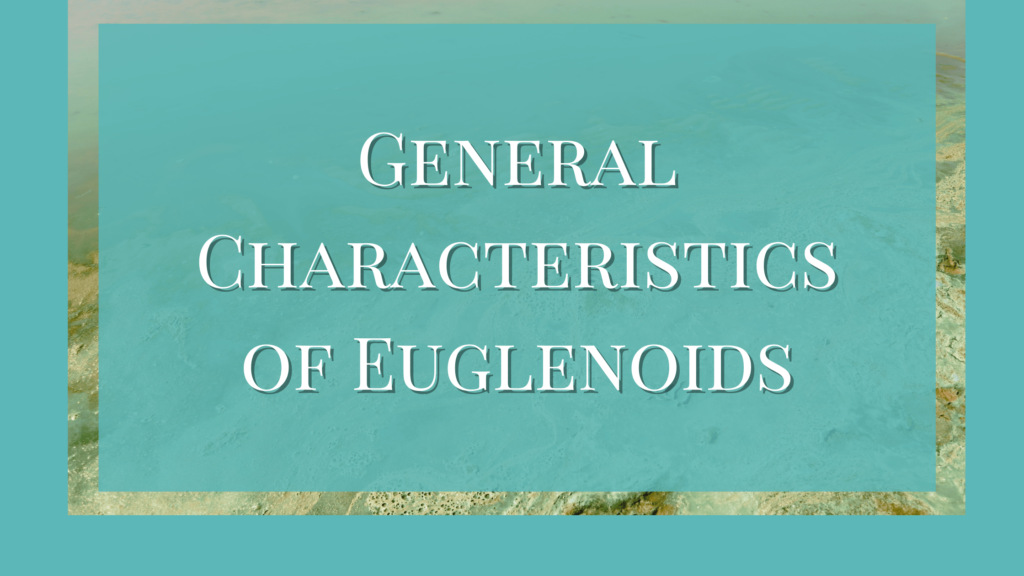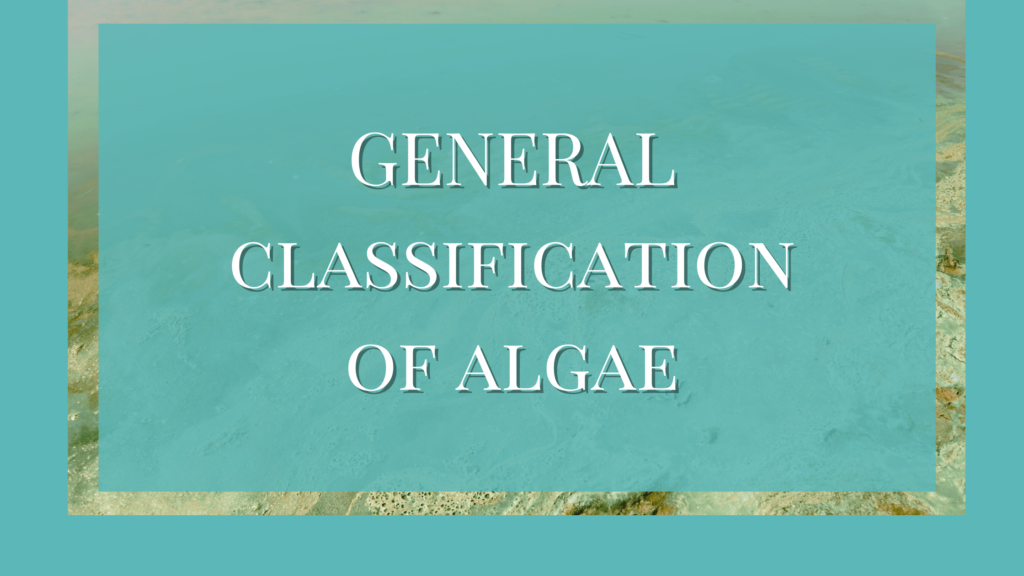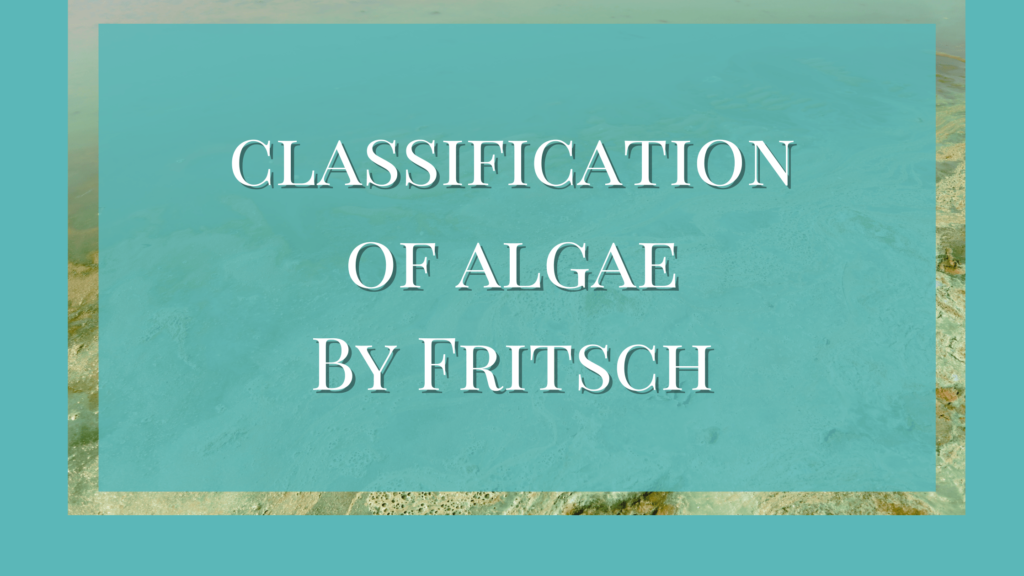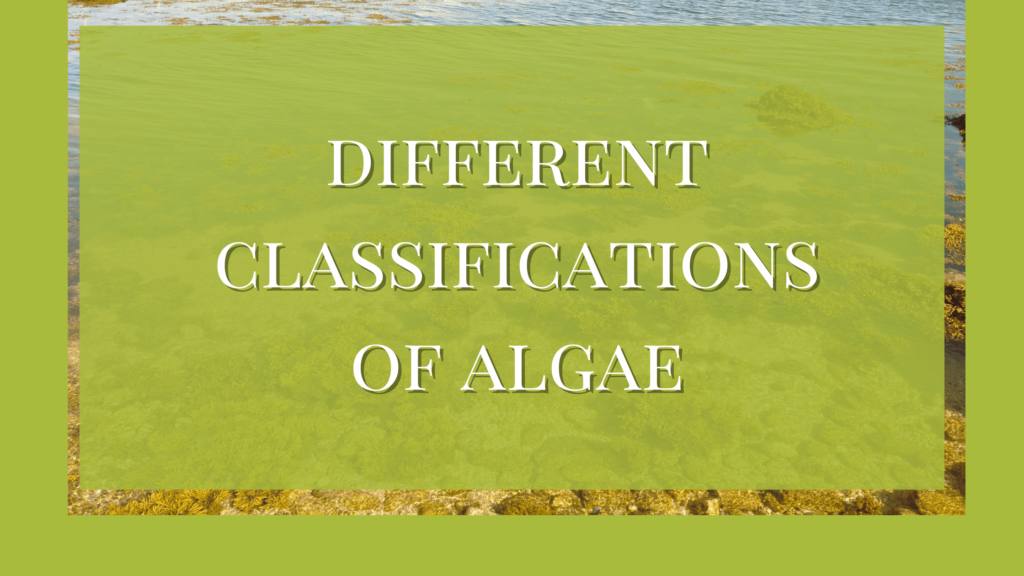General Characteristics of Euglenoids
- Euglenoids are unicellular eukaryotic organisms.
- They have both plant and animal characteristics. Some species exhibit plant-like and others animal-like characteristics.
- The cell wall is absent in euglenoids. This is one of the most distinctive characteristics. Instead of a cell wall, a periplast is present.
- Motile organ present (ciliated).
- They exhibit a holozoic mode of nutrition along with holophytic.
- Protozoan-like characters present in the gullet, cytopharyngeal apparatus and contractile vacuole.
- Euglenoids with pigments like chlorophyll a, b, beta-carotene, lutein, neoxanthin, antheraxanthin and astaxanthin.
- Have distinct disc-shaped rod-shaped, ribbon-like or stellate chloroplast.
- Reserve food materials are paramylum and oil (paramylum is beta-1-3 linked glucan)
- Phospholipid vesicles and lysosomes present.
- Periplast is rigid. It makes the surface helical, knobby, and warty projections.
- Have pellicle, a soft cell wall made of protein, eg. Euglena. If the pellicle is soft, the organism with contractile motility. If it is rigid, there is no movement. Eg. Phacus.
- Some genera like Trachelomonas are loricate.
- Euglenoids are anteriorly biflagellate, but one is large and emerges from the anterior invagination. Another one is a short non-emergent. Generally fused with the basal part of the long flagellum.
- Most of the euglenoids are colourless.
- Have two blepharoplast
- Reproduce via longitudinal fission.
- No sexual reproduction.
Occurrence of Euglenoids
- Occurs in freshwater, brackish water, marine, and terrestrial habitats.
- Commonly seen in polluted ponds and pools having high content of organic matter.
- Occurs as phytoplankton in freshwater lakes.
Morphology of Euglenoids
- Unicellular like Euglena, Trachelomonas, Phacus, Astasia, etc.
- Colonial- Colacium (dendroid or palmelloid)
- Shape- Spindle-shaped, fusiform, cylindrical, or discoid.
- Cells are often flattened, curved, or twisted.
Colacium has three stages in the life cycle (epibiotic)
- Free swimming and flattened
- Attached or stalked, non-flagellate
- Palmelloid stage
Phacus has broadly oval, trilobed cells with a tail at the posterior end.
Trachelomonas and Euglena have cells enclosed in a shell or lorica. Euglena exhibits changes in cell shape called metaboly. The lorica is often beautifully ornamental with warts, spines, and granules.
Astasia resembles Euglena but is colorless.
Cell Structure of Euglenoids
Gullet
- Flask-shaped gullets with a basal reservoir extend with a tubular cytopharynx.
- One or more contractile vacuole occurs near the reservoir.
- Many small accessory vacuoles join to form a single vacuole which enlarges and discharges its content into the reservoir.
- Ingestion of food particles is through gullet which is studied in colourless algae such as Paranema but is demonstrated in Euglenoids with pigmentation.
Flagella
- Two flagella- one shorter and one larger.
- Two basal bodies.
- Three unequal microtubular roots.
- In some cases rhizoplasts-like structures are present.
Nucleolus
- Endosome and independent
- Endonuclear bacteria are present in Euglena, Trachelomonas, and Strombomonas. Cytoplasmic bacteria are seen in Colacium and some Euglena sps. The endoplasmic reticulum covers the bacteria. Later, they are digested by the algae.
- Microcystins are present in euglenoids.
Cell division cycle
- Divides during day time and no division during night
- Depends on the sequence of environmental conditions.
- The cell cycle is regulated by a programmed clock.
- It exhibits circadian periodicities.
Ultrastructure of chloroplast
- Chloroplast has three thylakoids each. But in rare cases 2, 4, 5, and 6 are also seen.
- The chloroplast has a triple-membrane covering.
- It can divide independently.
- It is also autonomous in biochemical and genetic work.
Reproduction of Euglenoids
- Longitudinal cell division constitutes the usual method of reproduction.
- Divided cell enclosed by mucilaginous matrix.
- Thick-walled cysts are produced in adverse conditions (akinetes and aplanospores).
- Sexuality is absent.
Classification of Euglenophyta
- Eutreptiales: Eutreptia
- Euglenales: Euglena, Trachelomonas, Phacus, Astacia, Colacium
- Heteronematales: Peranema




